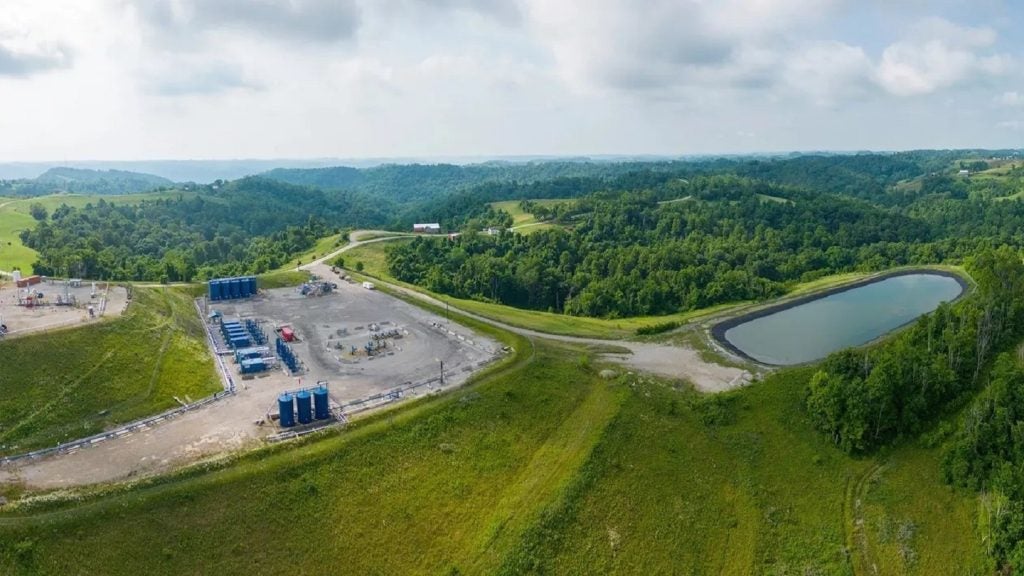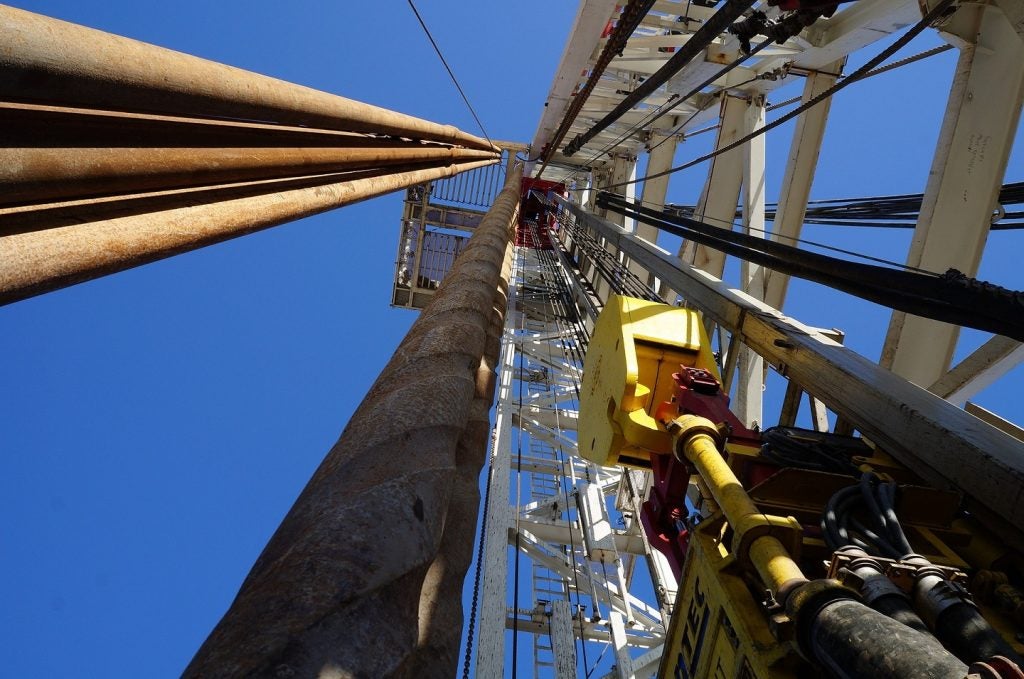
There have been consistent improvements in upstream shale operations techniques and materials used for well completion and production. The use of infill drilling to increase production from a well cluster has also helped the industry growth.
Technology Trends
Listed below are the key technology trends impacting the shale theme, as identified by GlobalData.
Drilling and completion technology improvements driving cost reduction
The improvements in the drilling and completion technology pertaining the shale operations has increased the safe depth for drilling. Recently technologies such as real-time fluid tracking has helped improve the drilling operations. Some of the prominent completion technologies used include plug-and-perf, sliding sleeves and intelligent well completion designs, e.g. interval control valves (ICV).
There is improvement in multistage completion processes. Earlier plug-and-perf completion technology could target five to ten stages. Nowadays it is possible to target 30-60 completion stages, allowing more precise and deeper wells. Proppant, which is used to keep the fractures open and hence allow hydrocarbons to flow, has also undergone changes. Proppants have evolved from coarse sand to ceramic proppants to finer mesh sands.
Use of digital technologies for efficiency gains
Shale operators have opted for digital technologies such as artificial intelligence (AI), Internet of Things (IoT), and predictive maintenance, to improve their operations. In the US shale plays, companies, such as Anadarko and BP have experimented with AI-based solutions and have already witnessed reductions in idle time and a decline in methane emissions. AI can be leveraged to optimise shale drilling operations.
Norwegian oil and gas company Equinor uses Ambyint’s AI-based artificial lift optimisation solution to boost productivity at the company’s Bakken shale assets. ExxonMobil has collaborated with Microsoft to utilise Microsoft Azure cloud computing platform and its data analytics tools to deploy predictive maintenance technologies at the company’s Permian Basin shale assets.
How well do you really know your competitors?
Access the most comprehensive Company Profiles on the market, powered by GlobalData. Save hours of research. Gain competitive edge.

Thank you!
Your download email will arrive shortly
Not ready to buy yet? Download a free sample
We are confident about the unique quality of our Company Profiles. However, we want you to make the most beneficial decision for your business, so we offer a free sample that you can download by submitting the below form
By GlobalDataRobotic technologies gaining rapid acceptance
Use of robotic technologies in the shale operations help to reduce human error and expand scope of operation. Using robotics increases precision in key tasks such as drilling. In the US shale plays, oilfield service providers are collaborating with shale producers, such as Shell, Chevron, ExxonMobil, and BP, in the development of autonomous drilling robots that can be equipped with advanced sensors to facilitate faster drilling of wells.
Robotics can help in reaching previously inaccessible shale formations, while attached sensors can relay information such as azimuth, inclination, and positional coordinates of the drill bits in real time. These features can be especially helpful while undertaking complex procedures like multilateral drilling. Drones can be used to monitor and review the widespread shale operation. Shell has deployed drones in collaboration with Avitas Systems in its shale operations in the Permian basin for tasks such as methane detection as well as surveillance.
This is an edited extract from the Shale – Thematic Research report produced by GlobalData Thematic Research.







Related Company Profiles
Avitas Systems
Microsoft Corp
BP Plc
Shell
Equinor BV